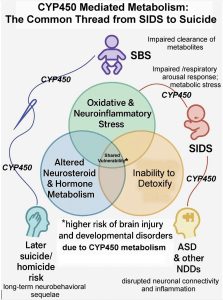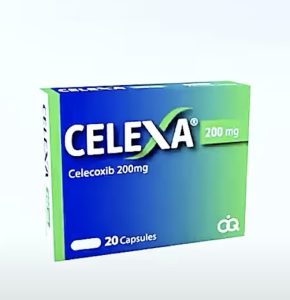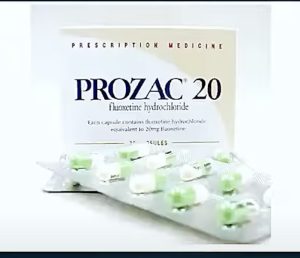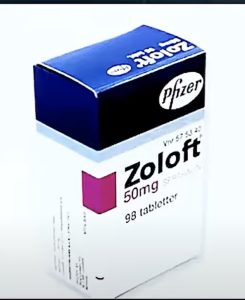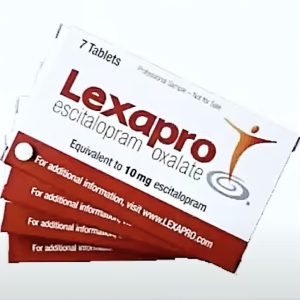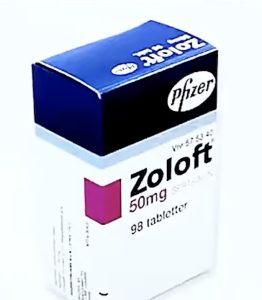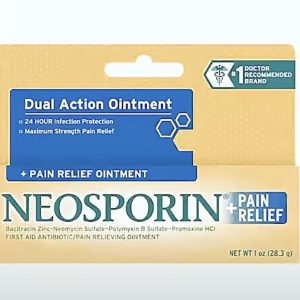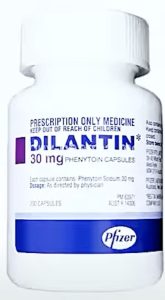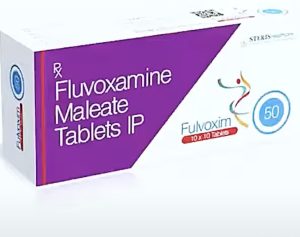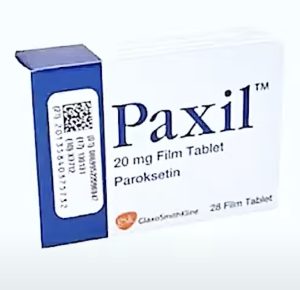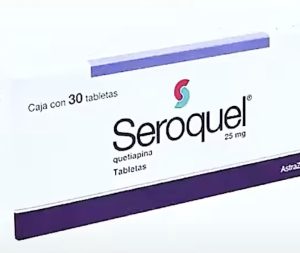
All drugs containing acetaminophen:
OTC
1. Tylenol: The most well-known brand for acetaminophen.
2. Excedrin: Often used for headaches, it combines acetaminophen with aspirin and caffeine.
3. NyQuil: A cold and flu medication that includes acetaminophen for pain relief.
4. DayQuil: Similar to NyQuil but formulated for daytime use.
5. Advil Dual Action: Combines ibuprofen and acetaminophen for enhanced pain relief.
6. Alka-Seltzer Plus: Some formulations include acetaminophen for cold and flu relief.
7. Midol: Often used for menstrual pain, some versions contain acetaminophen.
8. Aspirin-Free Excedrin: Contains acetaminophen, caffeine, and other ingredients for headache relief.
9. Bayer Back & Body: Combines acetaminophen with aspirin for back pain relief.
10. Aleve-D: Some formulations may include acetaminophen for added pain relief.
11. Tylenol Extra Strength: A higher dose formulation of acetaminophen for more severe pain.
12. Advil PM: Some formulations may include acetaminophen along with diphenhydramine.
Cold and Allergy Medications
1. Zyrtec-D: Some formulations may include acetaminophen for allergy relief.
2. Sudafed PE: Certain combinations may contain acetaminophen for cold symptoms.
3. Robitussin Cough + Chest Congestion DM: Some versions include acetaminophen for pain relief.
4. Vicks DayQuil: A daytime cold and flu relief option that contains acetaminophen.
5. Benadryl Allergy Plus Congestion: Certain formulations may contain acetaminophen for added relief.
6. Claritin-D: Some versions may include acetaminophen for allergy relief.
RX
1. Percocet: A combination of oxycodone and acetaminophen used for pain relief.
2. Tylenol with Codeine: Combines acetaminophen with codeine for more severe pain.
3. Fioricet: Contains acetaminophen, butalbital, and caffeine, often prescribed for migraines.
4. Vicodin: A combination of hydrocodone and acetaminophen, used for moderate to severe pain.
5. Lortab: Another combination of hydrocodone and acetaminophen.
6. Norco: Similar to Vicodin, it combines hydrocodone with acetaminophen.
7. Roxicet: A combination of oxycodone and acetaminophen, used for pain management.
8. Cocet: Combines acetaminophen with oxycodone for pain relief.
9. Fentanyl Combination Products: Some formulations may combine fentanyl with acetaminophen for pain management.
10. Lorcet: A combination of hydrocodone and acetaminophen.
11. Percodan: Combines oxycodone with acetaminophen for pain management.
12. Tylenol with Tramadol: A combination of acetaminophen and tramadol for moderate to severe pain.
Combination Products
1. Cold and Flu Formulations: Many products for cold and flu symptoms contain acetaminophen, such as Theraflu and Robitussin.
2. Pain Relievers: Some multi-symptom pain relievers may include acetaminophen along with other active ingredients.
3. Robitussin Multi-Symptom: Contains acetaminophen along with other ingredients for cough and cold relief.
4. Theraflu: Various formulations include acetaminophen for symptom relief.
5. Excedrin Tension Headache: Specifically formulated for tension headaches, containing acetaminophen.
6. Mucinex: Some formulations include acetaminophen for cold and flu symptom relief.
7. Coricidin HBP: Certain versions contain acetaminophen for cold symptoms, designed for those with high blood pressure.
8. Sominex: Some formulations may include acetaminophen for sleep aid with pain relief.
Pediatric
1. Children’s Tylenol: Liquid formulations specifically designed for children.
2. Infants’ Tylenol: Liquid acetaminophen specifically designed for infants.
3. Children’s Motrin: Some formulations may include acetaminophen alongside ibuprofen.
4. Children’s Advil: Some formulations may include acetaminophen alongside ibuprofen.
5. Pediatric Fever Reducers: Various brands offer liquid acetaminophen specifically for children.

